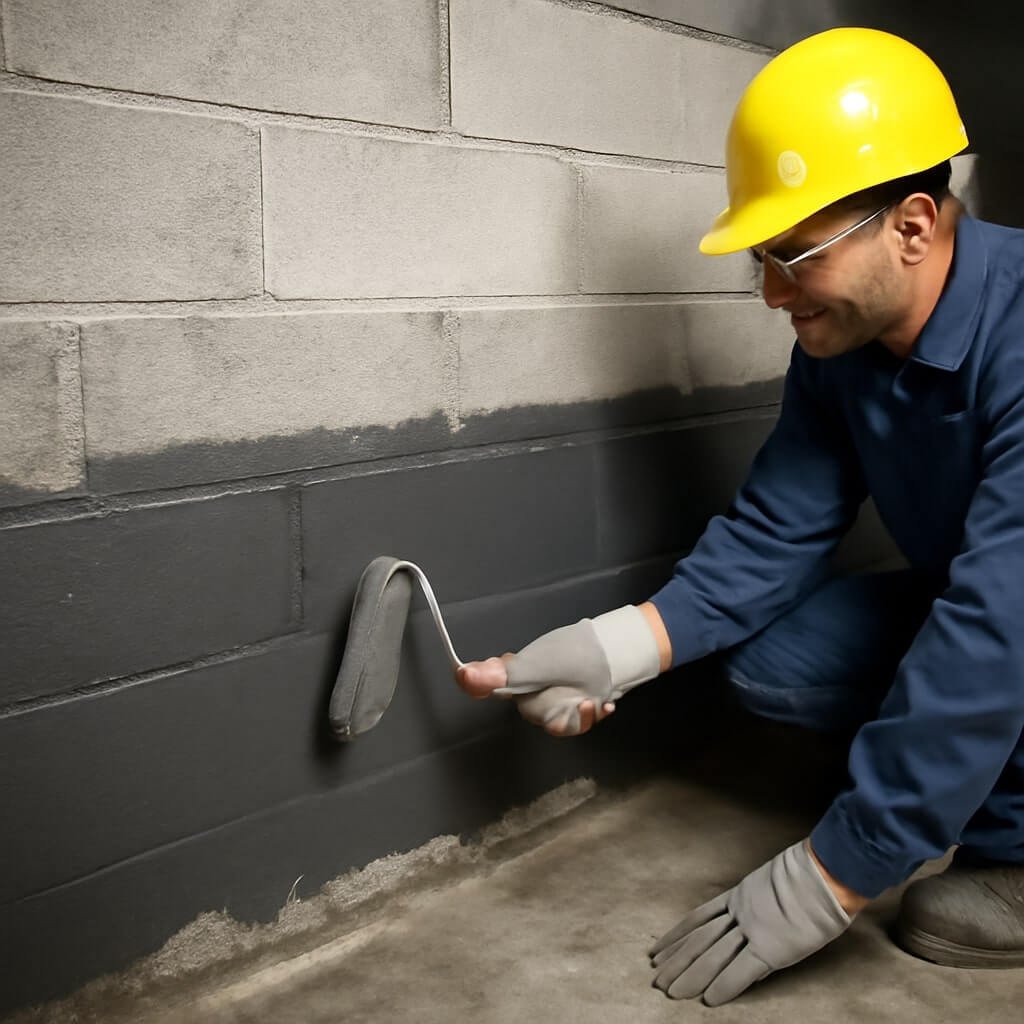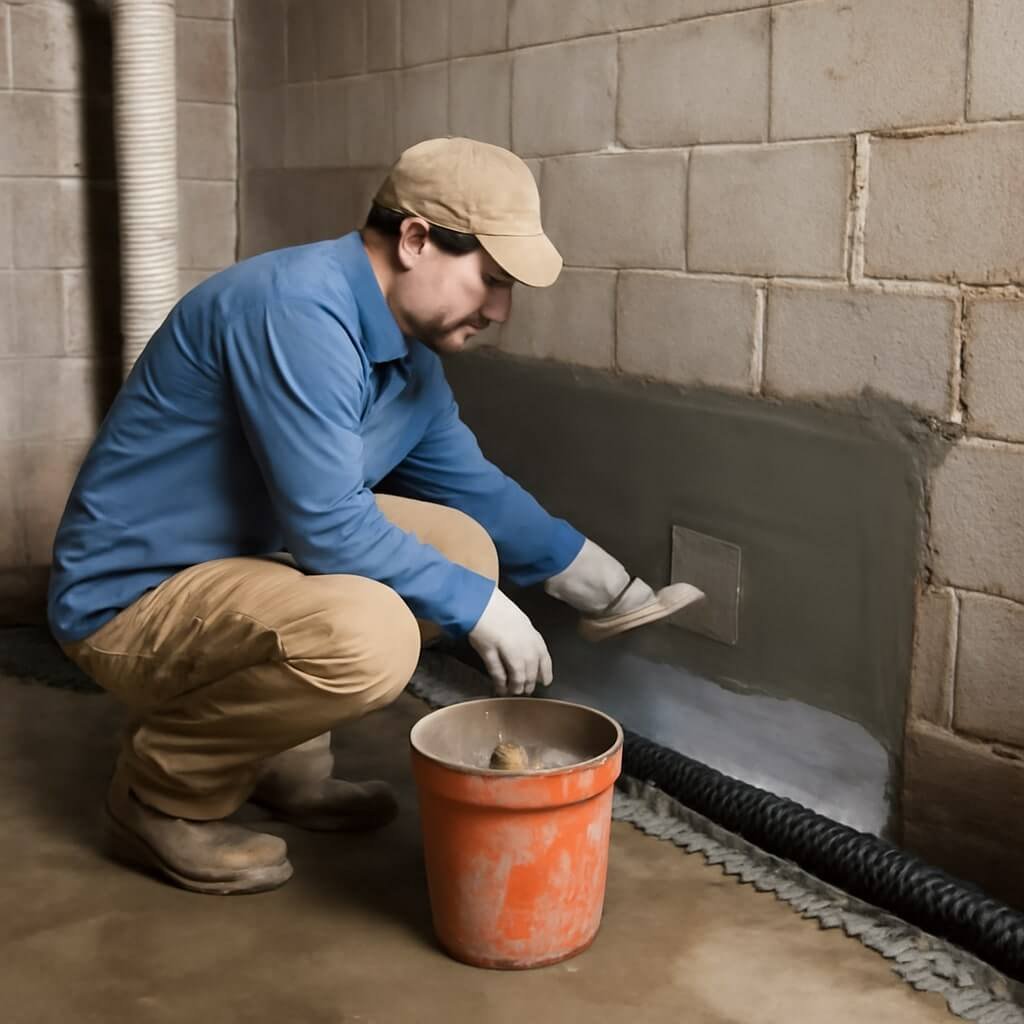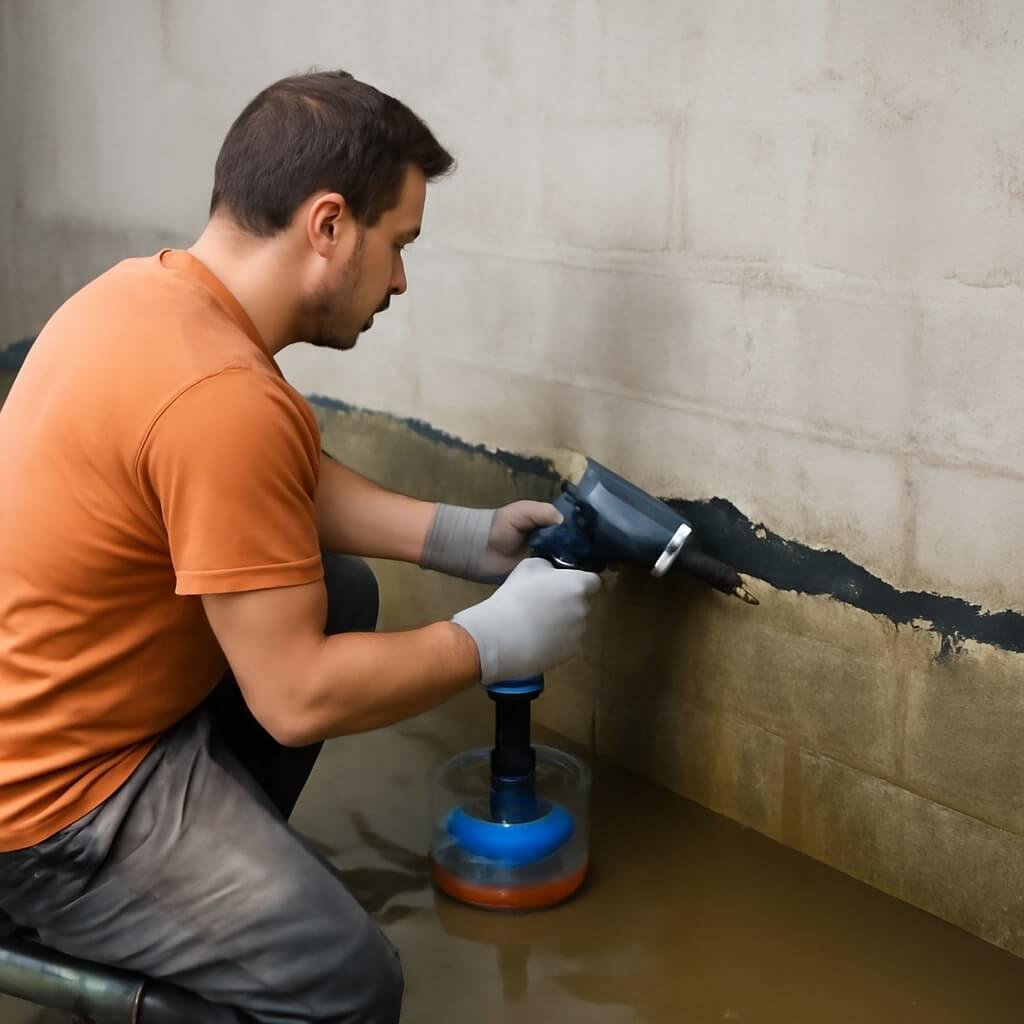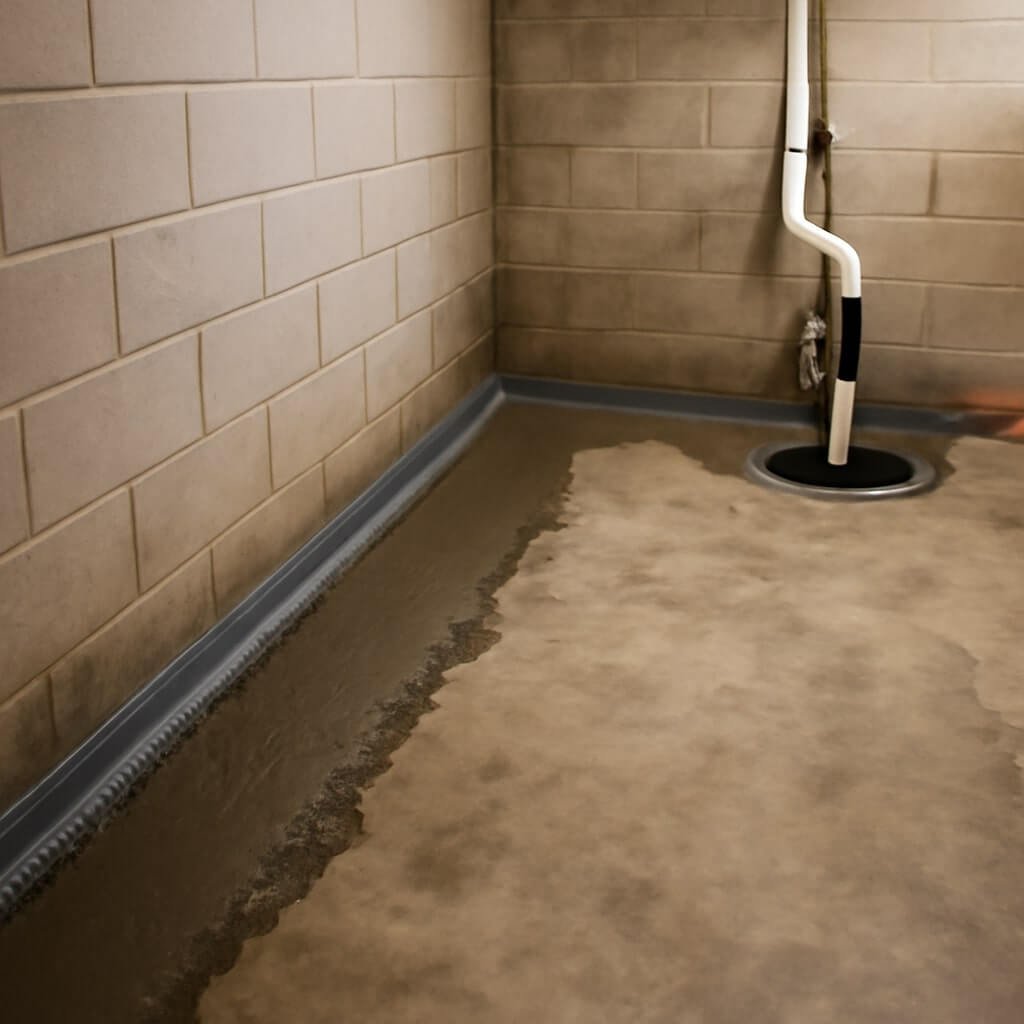Sealing basement walls effectively is crucial for maintaining a dry, safe, and comfortable home environment. Basements are notorious for moisture problems, which can lead to structural damage, mold growth, and poor indoor air quality. Whether you’re a homeowner tackling a wet basement or a professional seeking the best methods, this guide will walk you through ten powerful techniques that guarantee lasting protection for your basement walls.
By the end of this article, you’ll understand how to identify basement wall issues, choose the right materials, and apply proven sealing methods. Let’s dive into the essentials and help you protect your home from moisture-related troubles.
Understanding Basement Wall Issues
Causes of Basement Wall Damage
Basement walls face several challenges that contribute to damage and moisture intrusion:
- Water Intrusion: Heavy rains and groundwater seepage exert pressure on basement walls, allowing water to find cracks or pores.
- Poor Drainage: Inefficient drainage around the home causes water to accumulate near foundations.
- Soil Pressure: Expanding clay soils or shifting ground can create stress cracks in the walls.
- Humidity and Condensation: High indoor humidity levels contribute to dampness.
Signs Your Basement Walls Need Sealing
Knowing when to seal your basement walls is key to preventing bigger problems. Watch out for:
- Visible cracks or fissures in the walls.
- Damp spots appearing on concrete or masonry.
- Musty odors signal mold or mildew growth.
- Water stains or efflorescence (white powdery deposits).
- Peeling paint or blistering coatings on walls.
Recognizing these signs early allows you to take swift action and avoid costly repairs.
Essential Tools and Materials for Sealing Basement Walls
Before starting any sealing project, it’s vital to have the right tools and materials handy.
Tools You’ll Need
- Wire brush or power washer (for cleaning)
- Putty knife and trowel (for applying sealants)
- Caulking gun (for crack fillers and sealants)
- Protective gloves and safety goggles
- Drill with mixing attachment (for sealant preparation)
- Measuring tape and level
Types of Sealants and Their Uses
Choosing the right sealant depends on your wall material and moisture problem:
- Waterproof Coatings: Liquid-applied membranes that create a seamless barrier.
- Epoxy Sealants: Strong adhesives perfect for crack injection.
- Polyurethane Sealants: Flexible and excellent for active cracks.
- Cementitious Sealers: Cement-based mixtures ideal for masonry walls.
- Sealant Tapes and Flashings: For sealing joints and corners effectively.
Preparing Basement Walls Before Sealing
How to Repair Cracks and Holes
Proper preparation is essential to ensure the sealant adheres well and lasts long. Start by:
- Cleaning the surface to remove dirt and loose material.
- Using epoxy or polyurethane injection to fill cracks.
- Applying patching compounds for holes and gaps.
- Smoothing surfaces with a trowel for an even finish.
Surface Preparation Tips
- Remove efflorescence with a stiff brush or mild acid wash.
- Ensure walls are dry before applying any sealants.
- Treat mold or mildew with specialized cleaners.
- Use a wire brush to eliminate loose paint or debris.
Top 10 Effective Methods to Seal Basement Walls
1. Interior Waterproof Coatings
These coatings are easy to apply and form a waterproof barrier on the inside surface of basement walls. They’re ideal for minor seepage issues and can be applied with brushes or rollers.
2. Exterior Waterproofing
This involves excavating around the foundation and applying waterproof membranes or coatings on the outside. Though more labor-intensive, this method is highly effective against serious water problems.
3. Crack Injection Techniques
Epoxy or polyurethane injections fill cracks from inside the wall, sealing pathways for water. This method is perfect for active or structural cracks.
4. Installing Drainage Systems
French drains and sump pumps help divert water away from basement walls, reducing hydrostatic pressure and preventing seepage.
5. Applying Vapor Barriers
Vapor barriers like plastic sheeting or special membranes prevent moisture migration through basement walls and floors.
6. Using Cementitious Waterproofing
These are cement-based coatings applied to masonry surfaces to create a waterproof layer. They’re durable and resistant to pressure.
7. Applying Sealant Tapes and Flashings
Sealant tapes are used to waterproof joints, corners, and seams where walls meet floors or ceilings.
8. Epoxy Floor Coatings
Although floor-focused, epoxy coatings contribute to overall basement waterproofing by sealing cracks and preventing moisture entry through floors.
9. Exterior Grading and Landscaping
Proper grading slopes water away from the foundation, and gutters direct rainwater efficiently, reducing water load on basement walls.
10. Installing Dehumidifiers and Ventilation
Controlling basement humidity levels with dehumidifiers and ventilation reduces condensation and mold risk, protecting the walls indirectly.
Maintenance Tips for Long-Term Basement Wall Protection
To keep your basement walls sealed and safe:
- Perform routine inspections for new cracks or leaks.
- Clean walls and gutters regularly to prevent water buildup.
- Repair minor damage immediately.
- Keep humidity below 60% with ventilation or dehumidifiers.
- Check sump pumps and drainage systems annually.
Frequently Asked Questions (FAQs)
Q1: How often should basement walls be resealed?
A: It depends on the product used, but generally every 5-10 years or as soon as you notice wear.
Q2: Can I seal basement walls myself, or should I hire a professional?
A: Small projects can be DIY, but significant waterproofing often requires professionals.
Q3: Will sealing basement walls stop mold growth?
A: It helps by reducing moisture, but mold remediation may also be necessary.
Q4: Are epoxy injections permanent?
A: Yes, epoxy injections create strong, lasting repairs for cracks.
Q5: Is exterior waterproofing always necessary?
A: Not always, but it is the most effective for severe water intrusion.
Q6: How do I know if my basement walls are dry enough to seal?
A: Use a moisture meter or ensure the walls are visibly dry and free of dampness.
Conclusion: Ensuring a Dry and Secure Basement
Sealing basement walls effectively is an investment that safeguards your home’s foundation, improves indoor air quality, and enhances comfort. By understanding the causes of basement wall issues, preparing the surfaces properly, and using the right sealing methods, you can enjoy a dry, secure basement for years to come.




